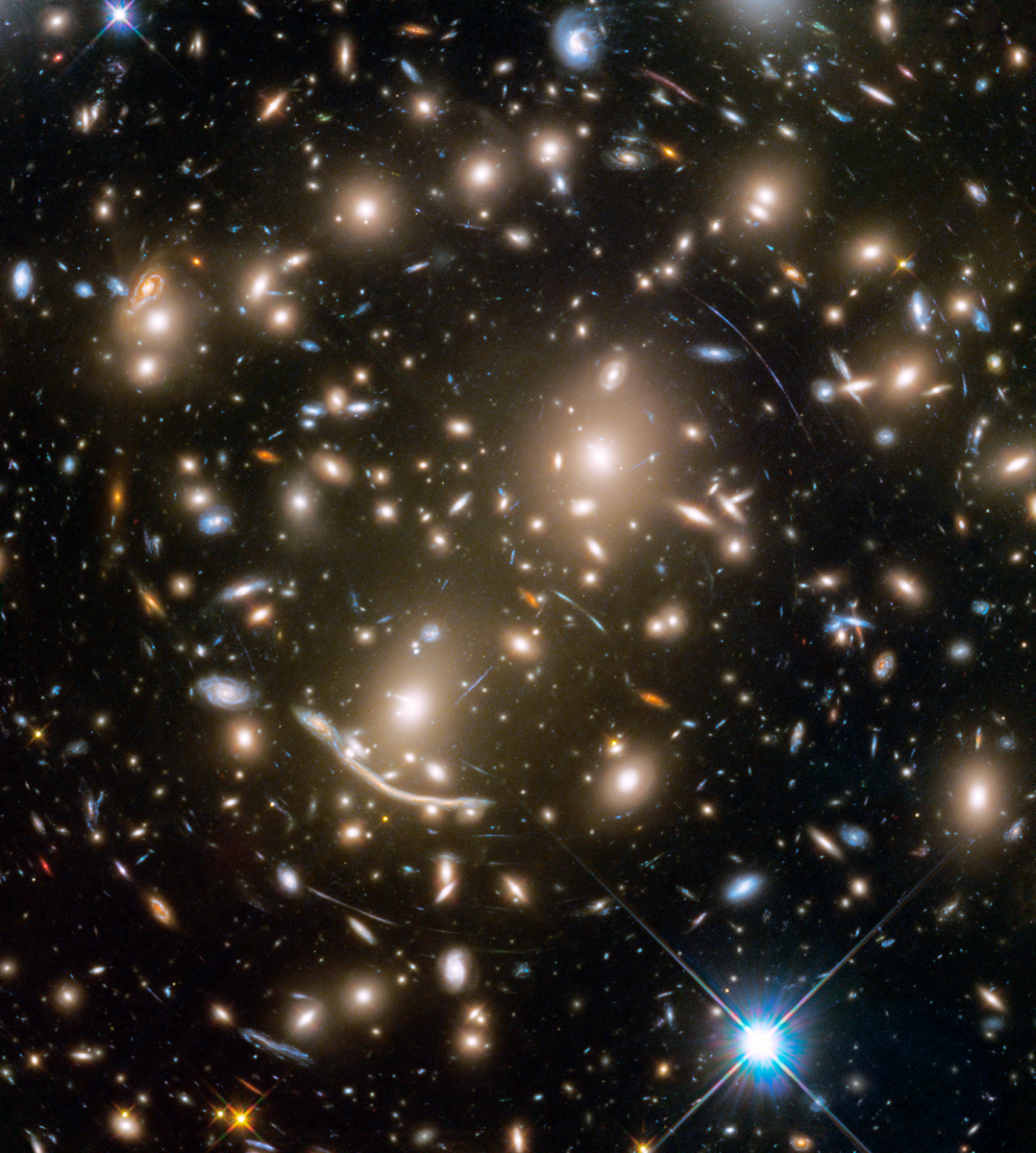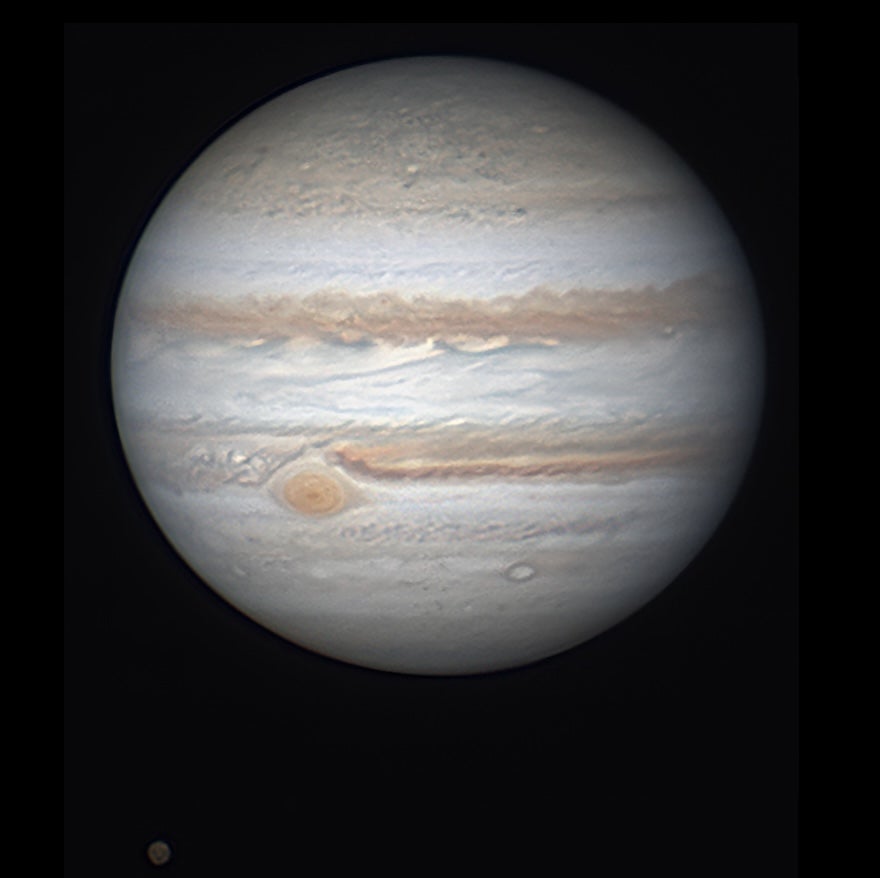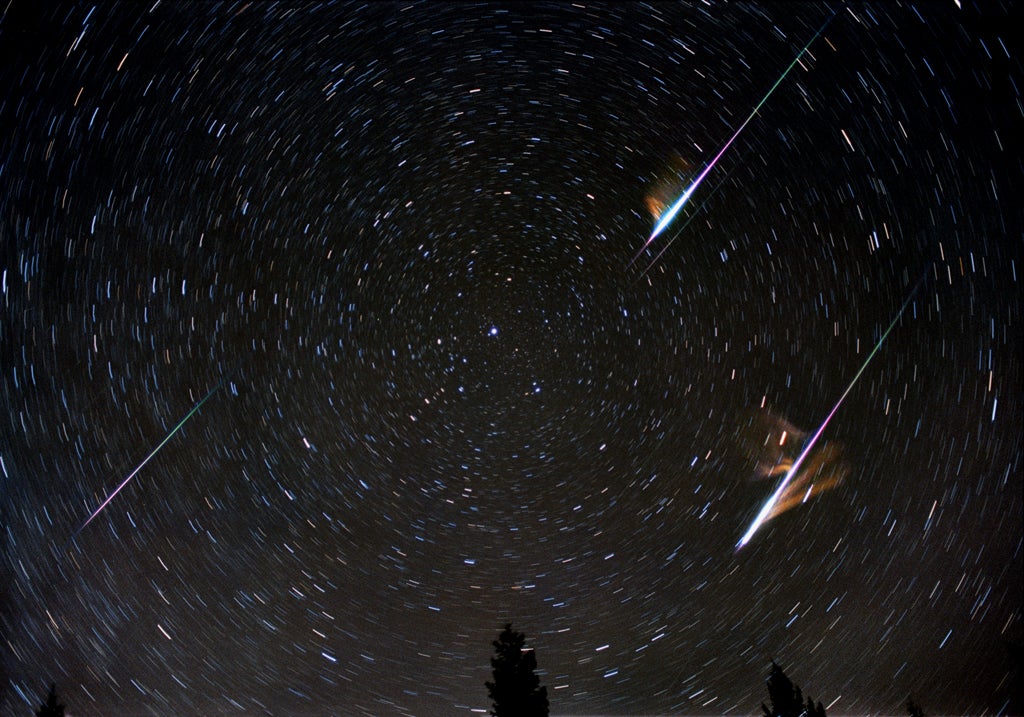The participatory science project is helping classify millions of galaxies for the Hobby-Eberly Telescope Dark Energy Experiment.
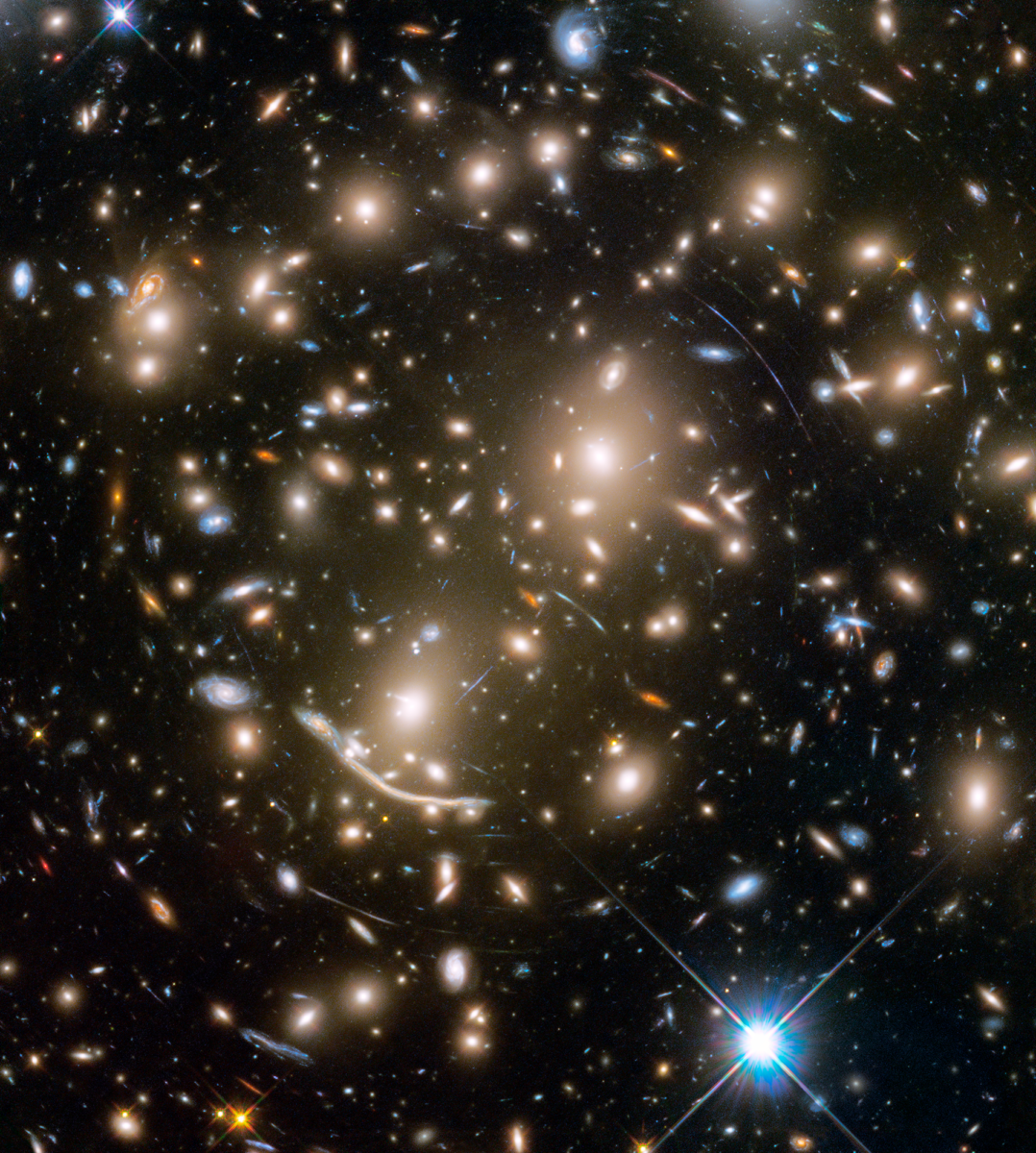
This Hubble image of the massive galaxy cluster Abell 370 shows several lensed background galaxies. Credit: NASA, ESA, and J. Lotz and the HFF Team (STScI)
Many large survey experiments in astronomy are looking to understand what we still don’t know about dark energy. Yet, many are plagued with the same problem: too much data.
A tricky problem
The Hobby-Eberly Telescope Dark Energy Experiment (HETDEX) is looking to create one of the largest maps of the universe by creating a catalog of Lyman-alpha-emitting galaxies. These galaxies, which emit light associated with excited hydrogen gas, are a great way to track the large-scale structure of the universe and measure how it is expanding. We will collect millions of them, all between 9 billion and 11 billion light-years away.
Measuring the universe’s expansion can help us as scientists learn more about — or debunk! — the current theories we have on dark energy. But making a map of the universe requires an immense amount of data, and we are in an era with more data than ever before. At HETDEX, we were quickly overwhelmed because we aimed to collect approximately a billion spectra.
The catch is that HETDEX is an untargeted survey, meaning that rather than pointing at specific targets on the sky, we observe a wide patch of sky repeatedly for many years. Then we must classify all the objects we see in those patches ourselves. HETDEX is a relatively small team, so it was inefficient for us to sort through all these objects to find the galaxies we wanted to keep among the many detections that are false positives (i.e., objects that look like galaxies but aren’t).
Thus, we needed a different solution.
An innovative solution
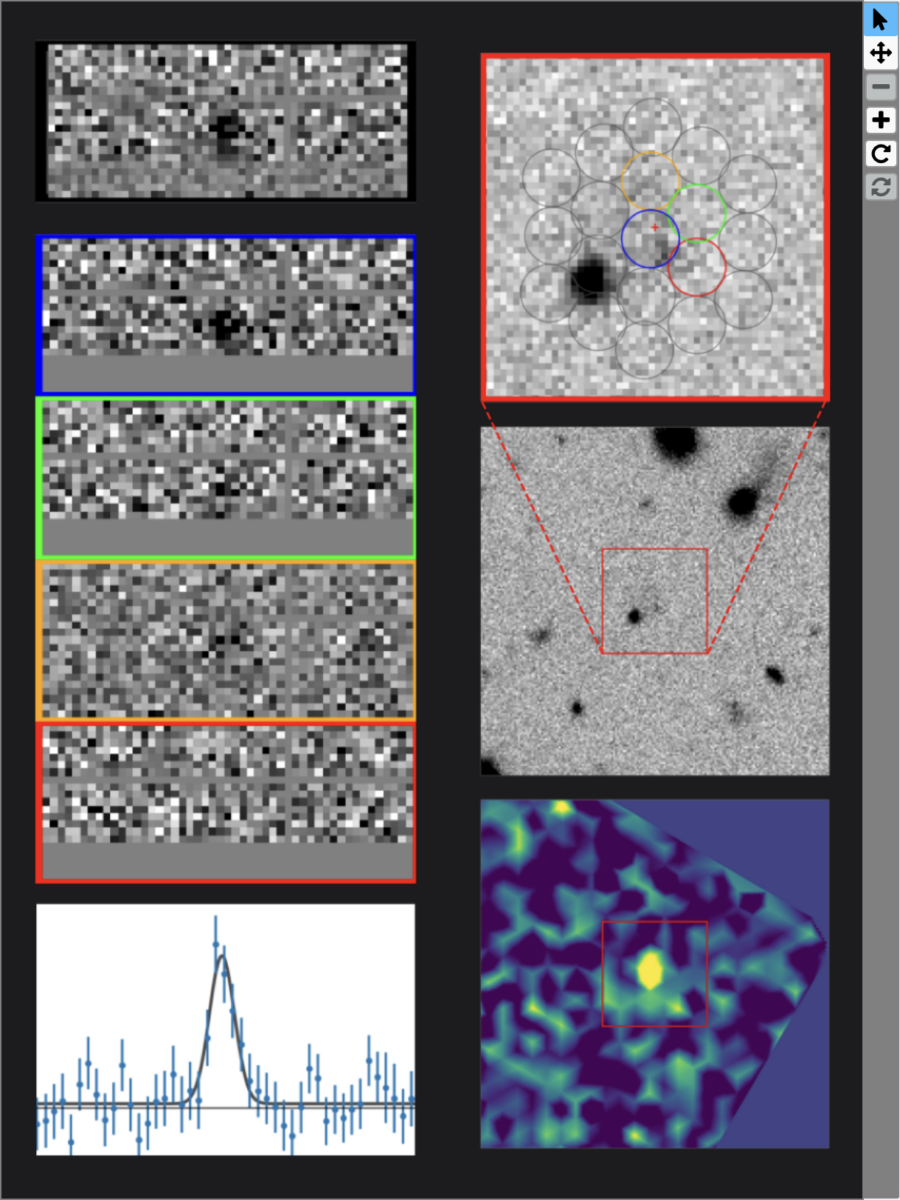
In an effort to solve this complex problem, Dark Energy Explorers emerged. Dark Energy Explorers is a participatory science (previously known as citizen science) project that trains the public (anyone from a middle schooler to a retiree) on what to look for and how to classify galaxies from HETDEX. The most essential piece to Dark Energy Explorers is its jargon-free tutorial. In summary, it teaches each participant to become a HETDEX astronomer and classify every source as an object to “keep” or “throw back.” Here is a small glimpse of what the Dark Energy Explorers are looking for:
- the quality of the data collected
- the strength of the emission line
- the appearance of the Lyman-alpha emission line in at least one or more of the spectra
Since launching in 2021, Dark Energy Explorers has collected more than 6 million galaxy classifications. To date, Dark Energy Explorers has more than 18,000 volunteers from over 150 countries worldwide.
How the public (and machines) contribute to dark energy science
At this point, you might be wondering: How can you trust thousands of people from all over the world to conduct reliable science? We take this into account and build in validity by having each source classified by a minimum of 10 participants. These classifications are then averaged to produce a probability that a galaxy is a real detection.
Once we have this probability, we use machine learning to make this process more efficient. You might now be wondering why we didn’t start with this. We did! However, we did not get the accuracy needed to meet scientific specifications with machine learning alone. In addition, to ensure trust in machine learning, you need to train your algorithm on a robust set of examples. With such an abundance of data, it will still take a few years for all the HETDEX detections to be classified with Dark Energy Explorers. Therefore, this is where the combination of participatory science and machine learning creates a power couple.
In the future, the data from Dark Energy Explorers can be used to train a supervised machine learning algorithm or interpret an unsupervised machine learning algorithm. The application of machine learning and Dark Energy Explorers allows us to classify the galaxies to keep from those that might be a false detection that will contaminate the catalog ultimately used for our dark energy calculations.
If you’re curious about more fine details, check out these two papers: House et al. 2023, House et al. 2024.
How you can get involved
Dark Energy Explorers is one of the many projects hosted on zooniverse.org, the world’s largest participatory science platform. Once logged in on Zooniverse, you can find us located under space projects. (Please be sure to log in, as this saves your classifications to be used by the HETDEX team!)
Once on the Dark Energy Explorers homepage, click the button for “Fishing for Real Galaxies in a Sea of Noise.” You will then be prompted through the tutorial, and then you’ll be ready to swipe right on galaxies to keep in our catalog!
With each one, you’ll be adding the missing pieces to the map of our vast universe.
